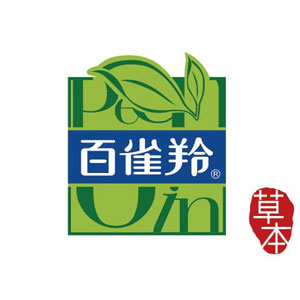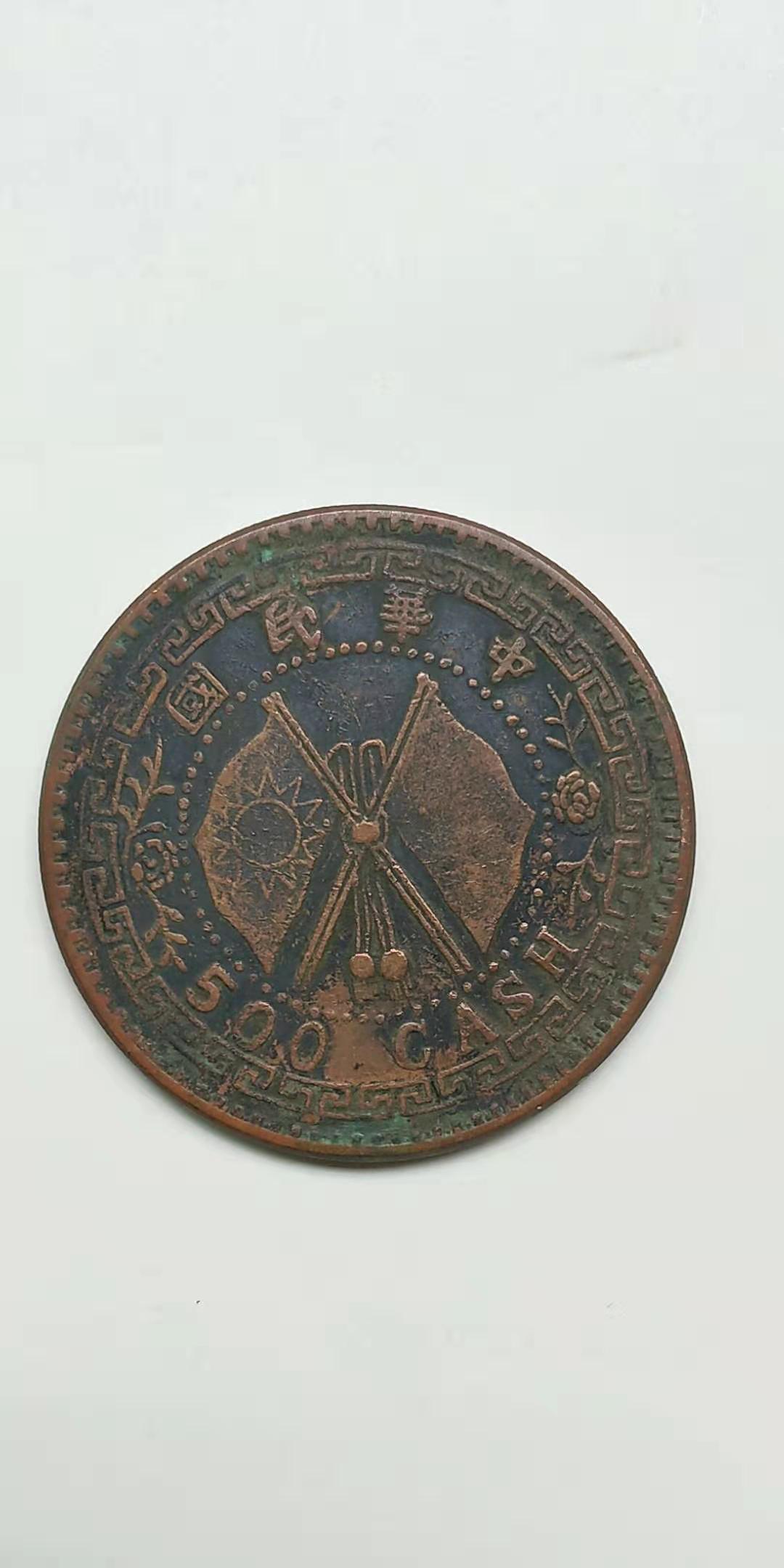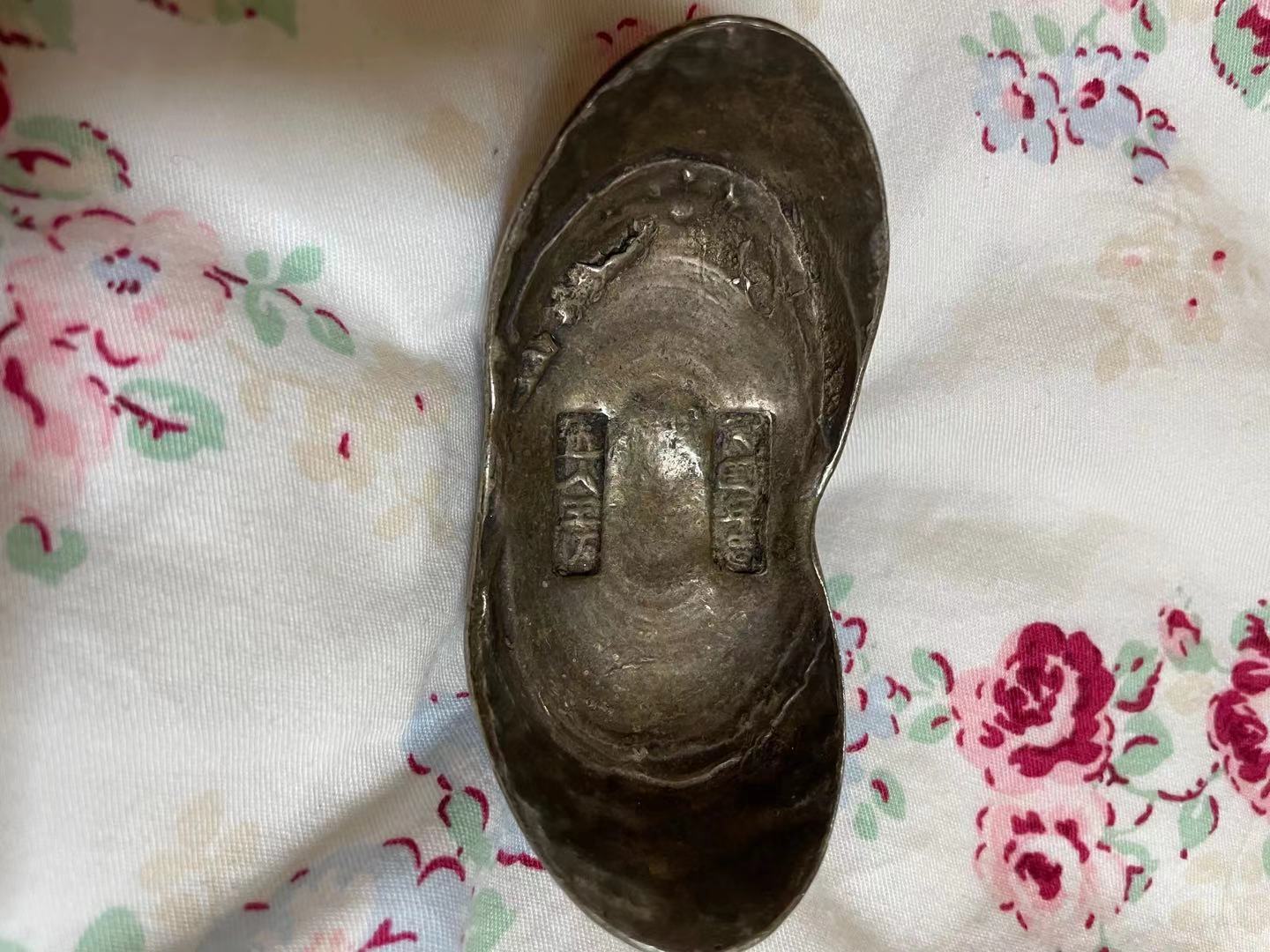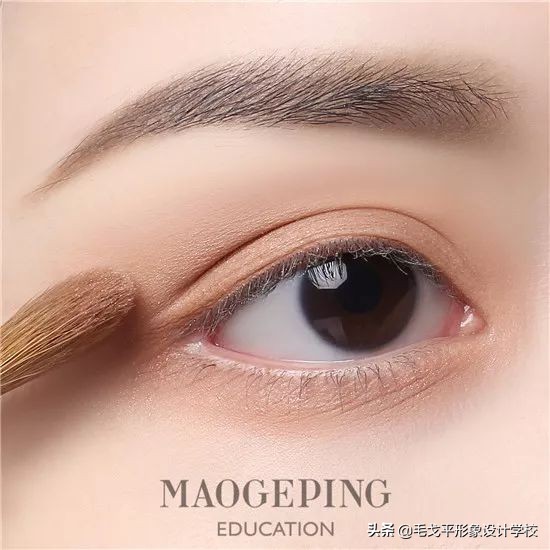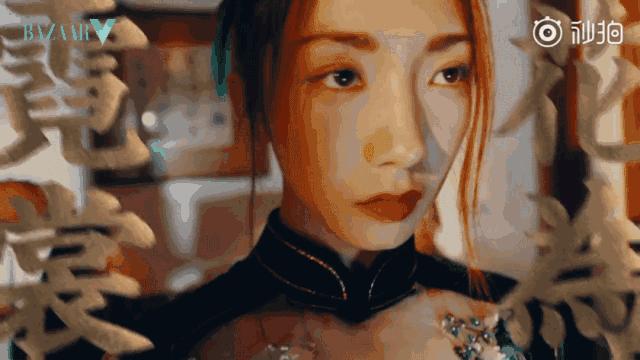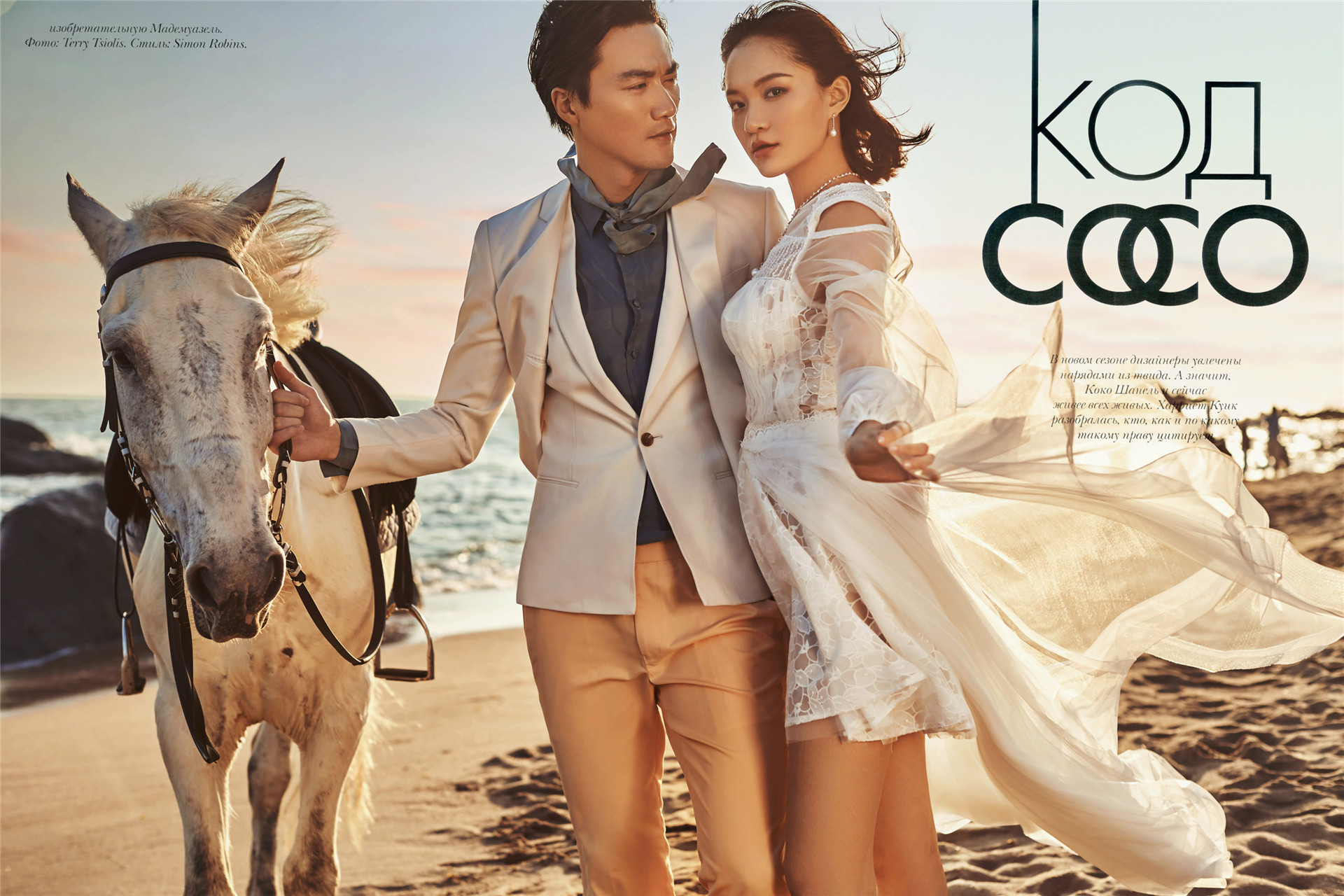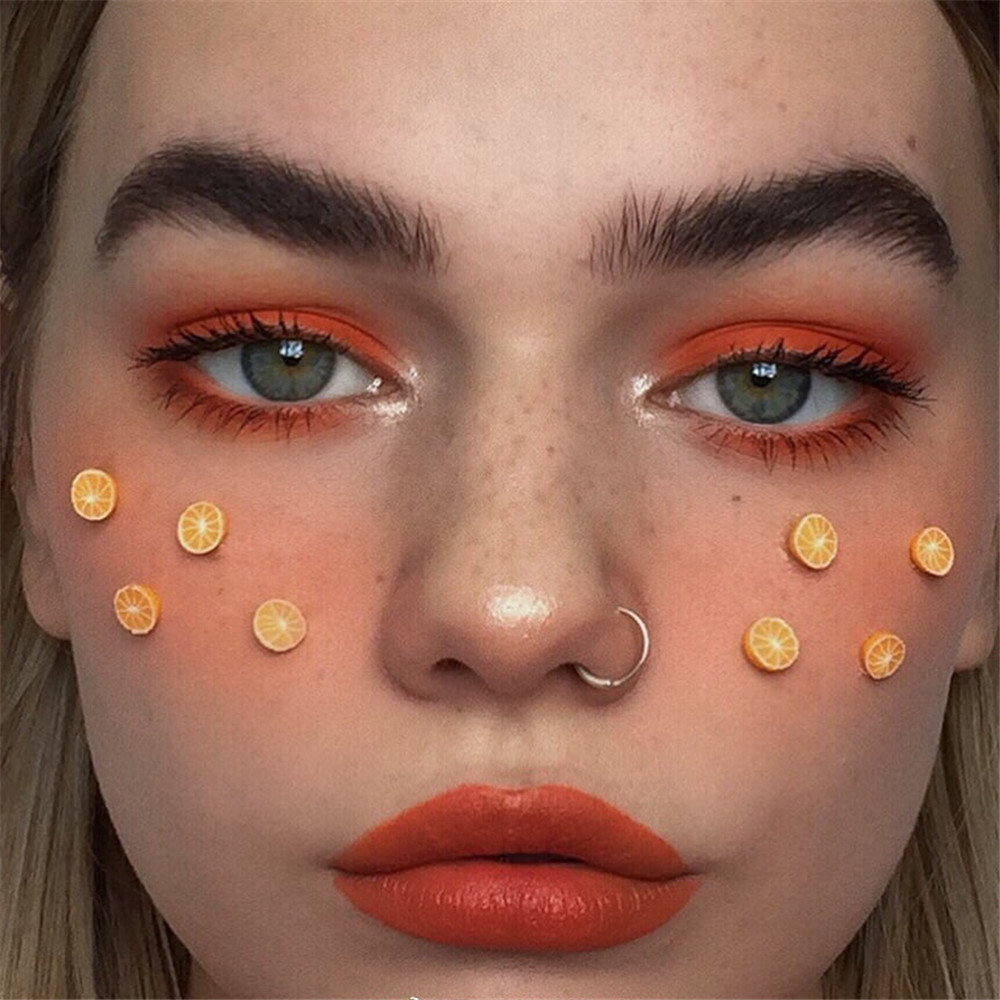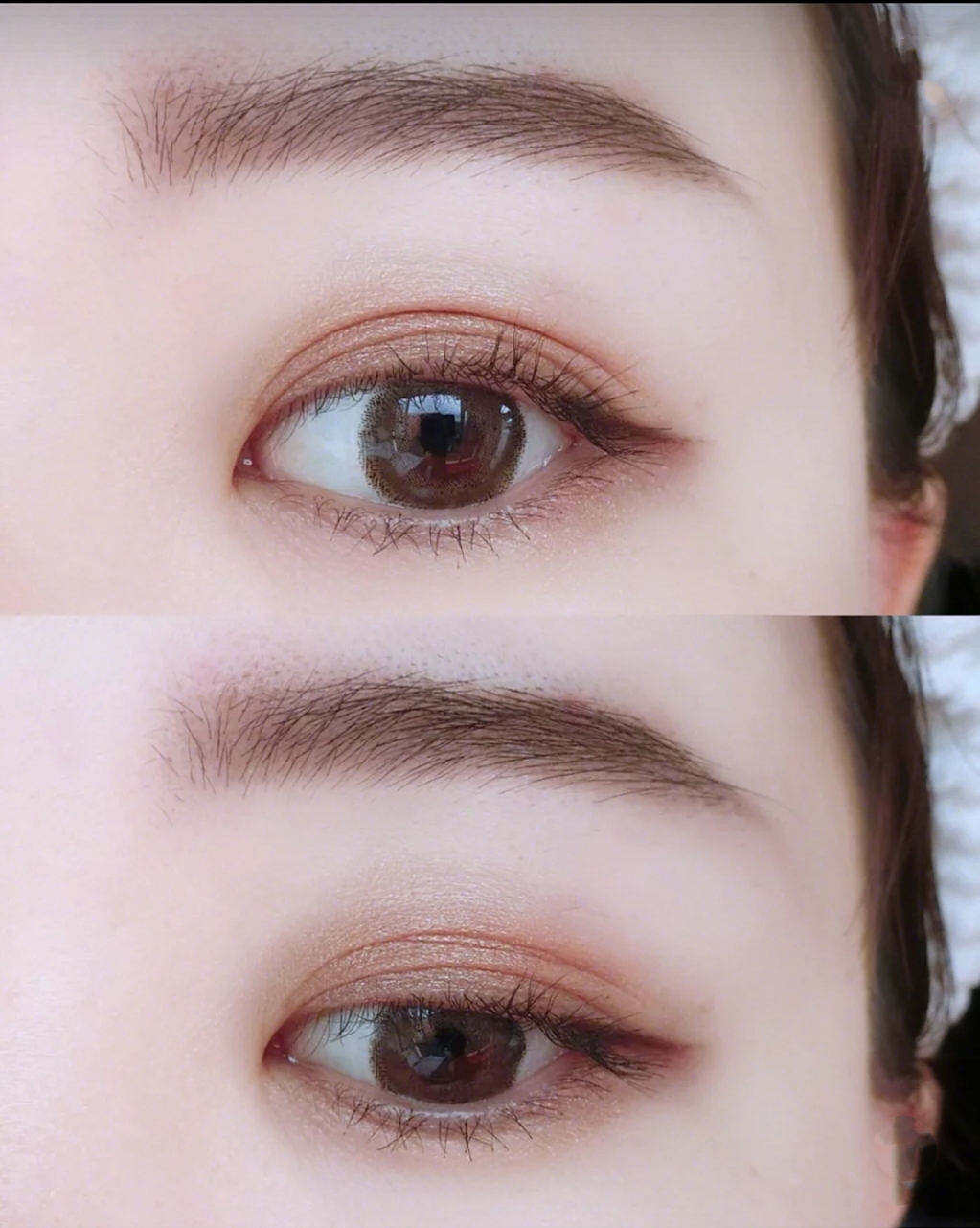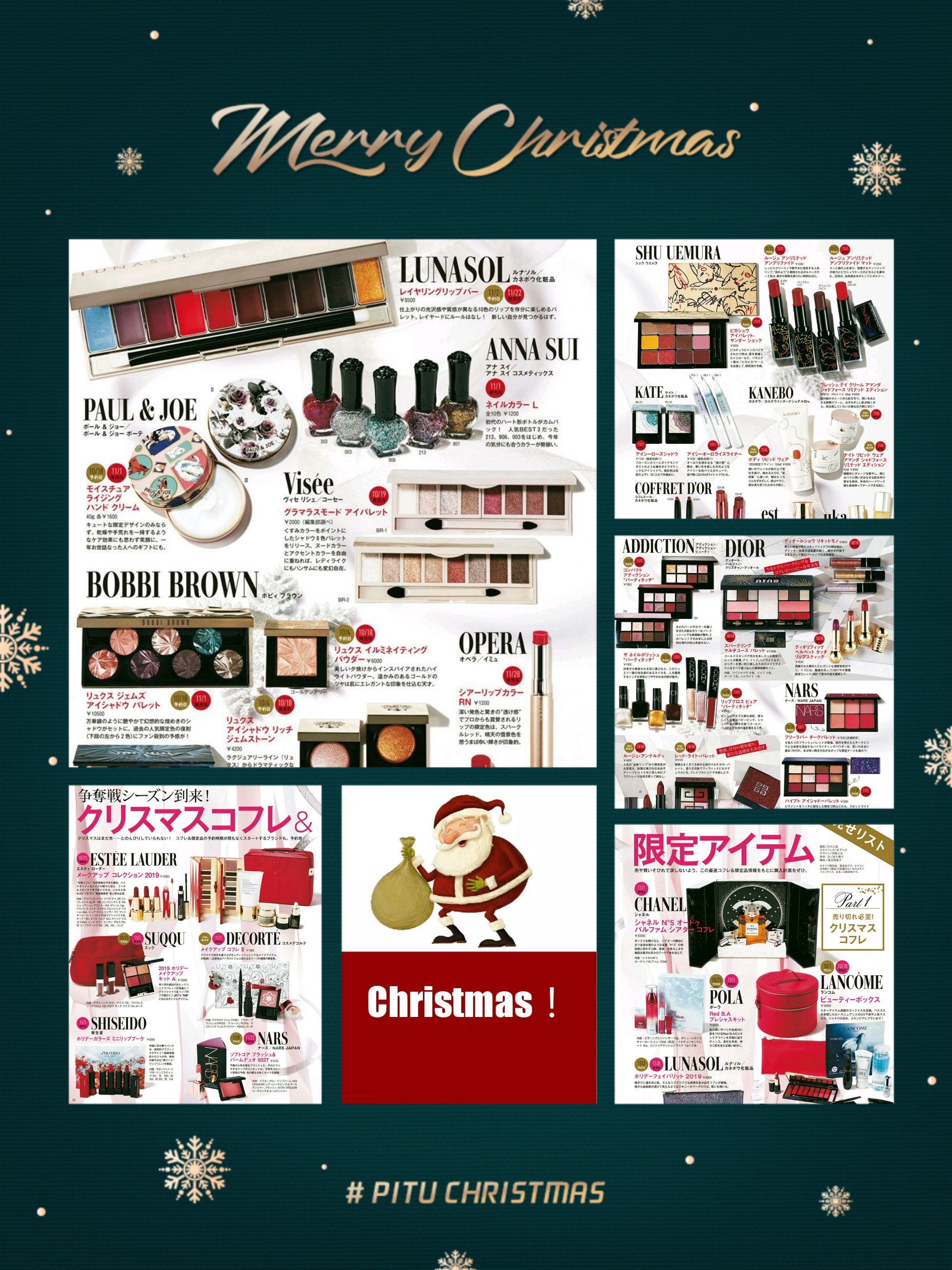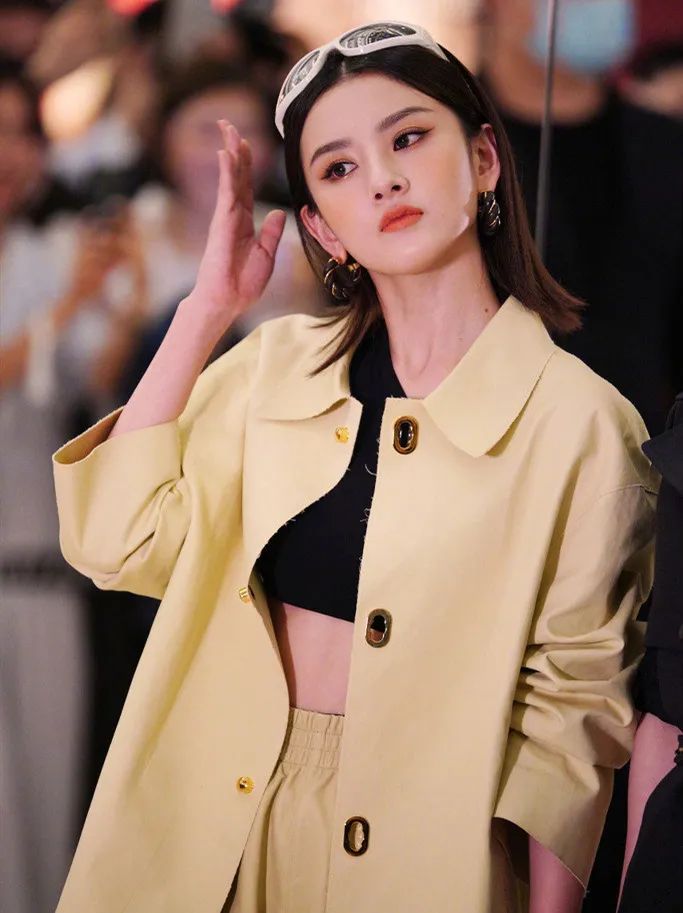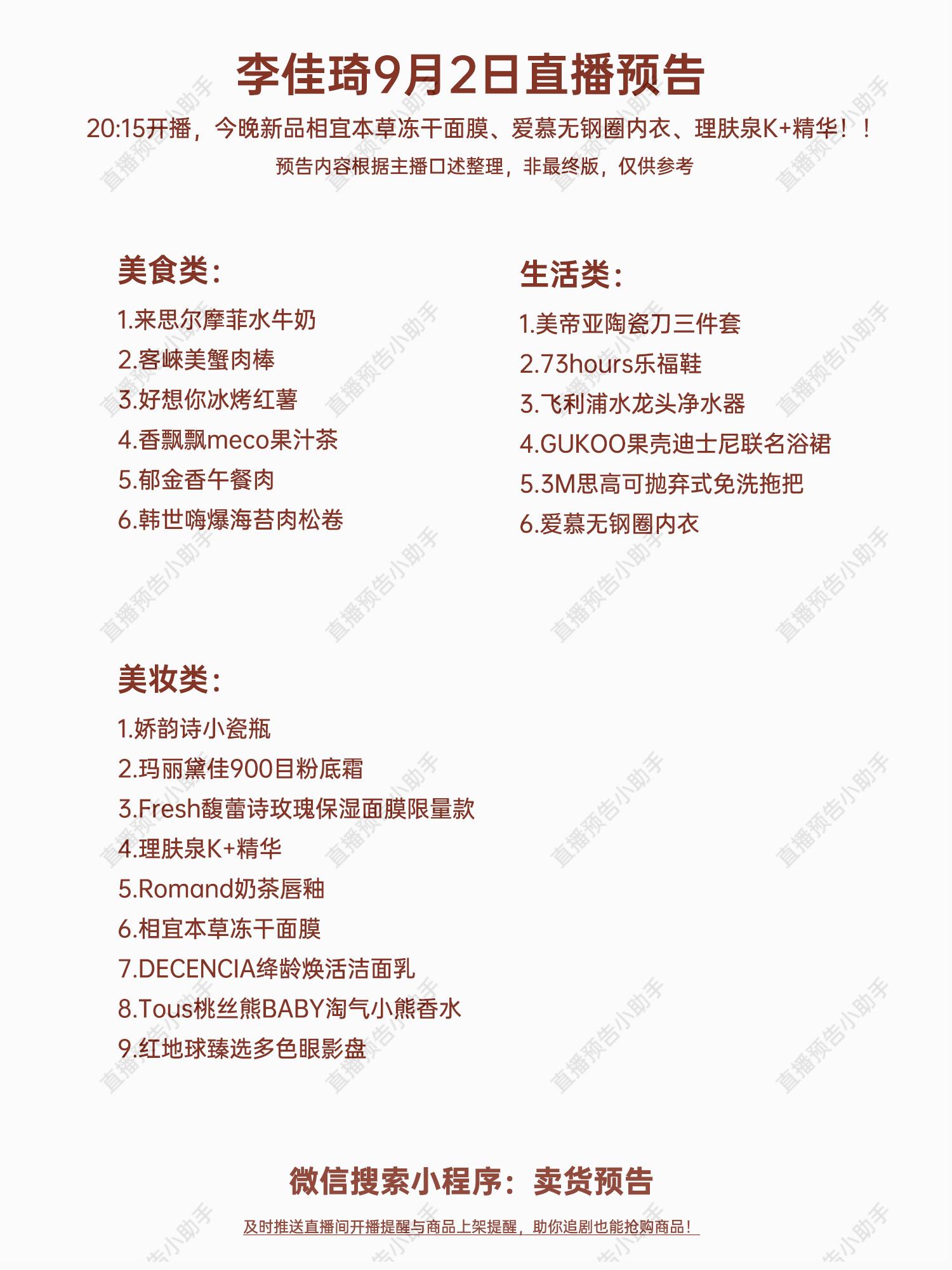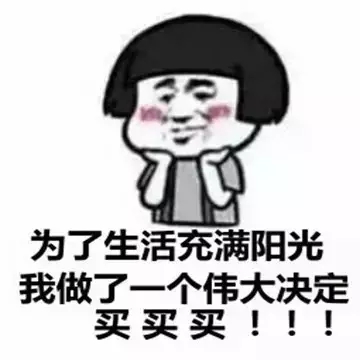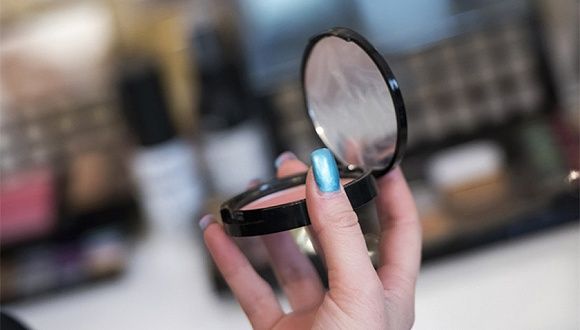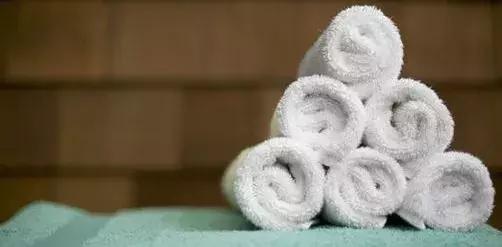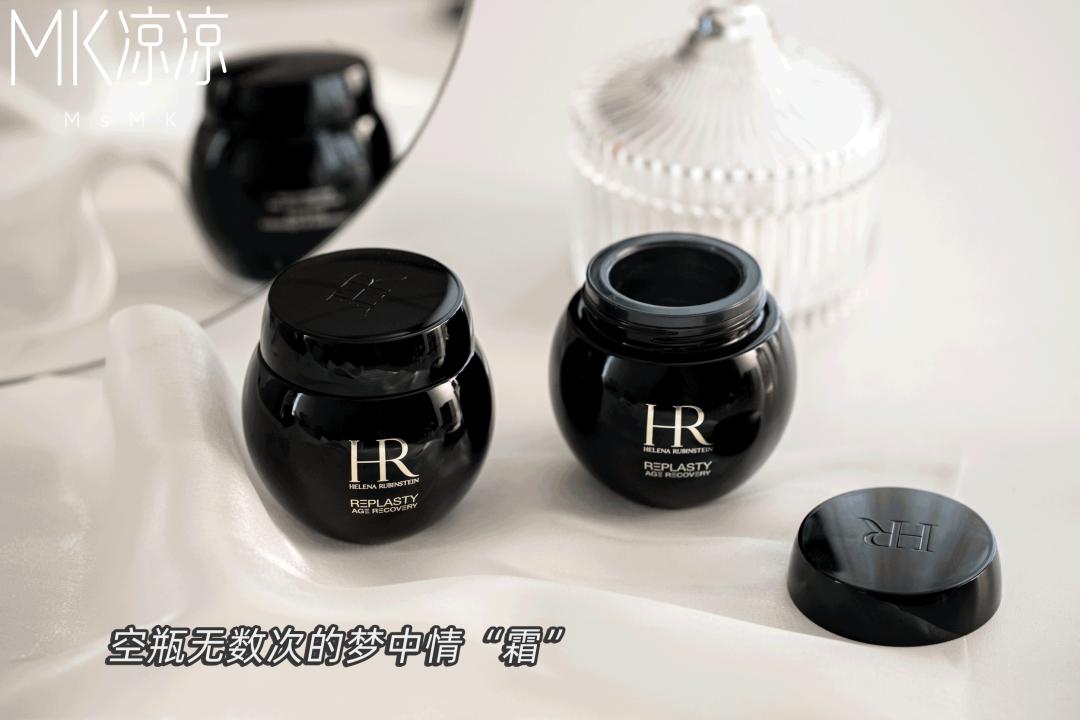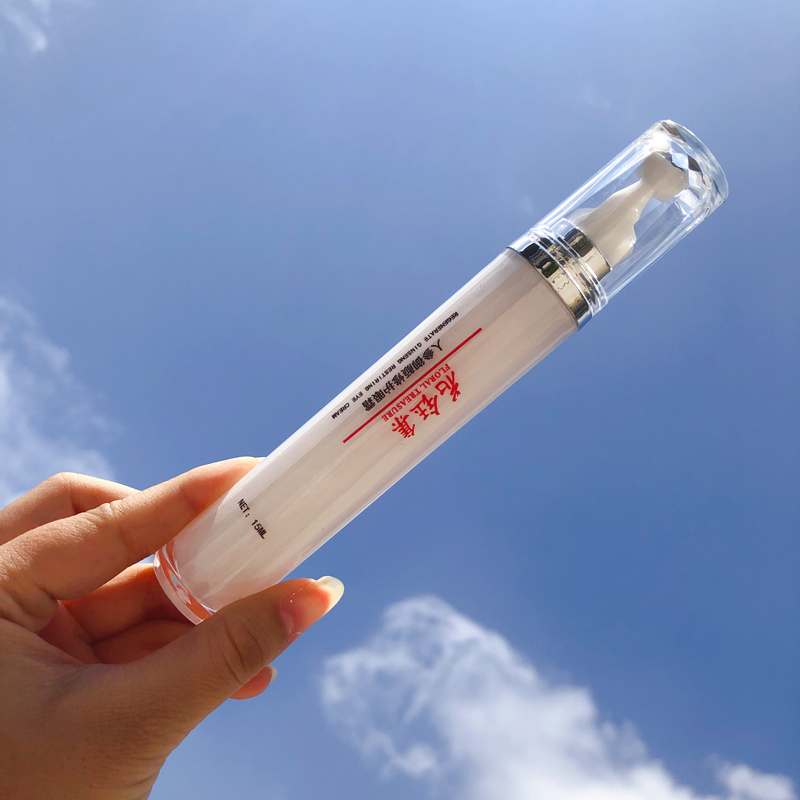银锭是熔铸成锭的白银。出土银锭中年代最早的,是汉景帝中元二年 (公元前148年) 所铸。汉武帝元狩四年 (公元前119年) 作白金 (即白银) 三品。王莽铸有银货二品。其后历代皆有铸造,惟流通不广。隋唐以前称银锭为“银饼”、“银铤”,称扁平形银币为“钣”、“笏”、“版”,棒形的称“铤”、“挺”,宋以后改称“银锭”。元代于银锭之外总称“元宝”,形式变为马蹄形,故亦称“马蹄银”。明清两代均沿用“元宝”一词。
藏品介绍
中文名称:大明元宝四十八两银锭
英文名称:Daming gold ingot is 4820 silver ingot
类别:杂项
规格:一锭
品相:美品
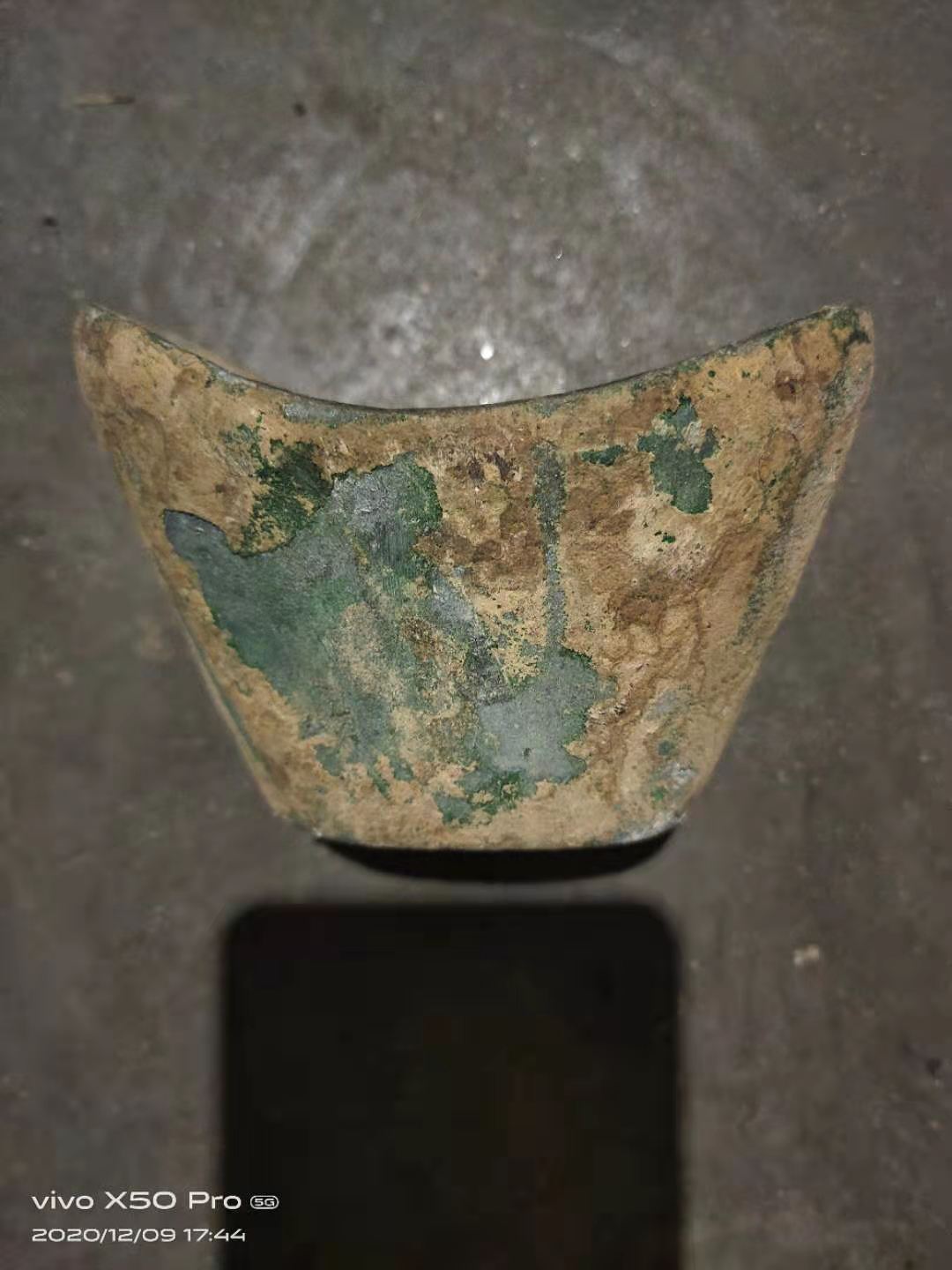
可以看出此银锭几乎没有磨损,属于完美品相,由于古代银锭中含铜锡等元素,所以氧化后有铜绿的表现,有氧化银表现,两种氧化锈色交织在一起,为开门真品老银锭。

此大明元宝是丁丑年48两银锭,宝银的两端呈圆弧形并向上隆起,高翘如船状,整个银锭呈马蹄形,外面微显锈迹。其凹部中间印有“大明元宝”四个字,两侧还分别印着“丁丑年”、“四十八两”字样,造型规整,精巧秀逸。银质颜色淡雅,此藏品虽然历经历史岁月一次又一次战争的洗礼之后仍然保存了原有的历史文化气息,实为一件传世精品瓷中佳作!
自明初开银禁后,物价多以银两计算。从以银表示的金价、米价、绢价看,明代白银的购买力大大高于宋、元时期。宋、元时,金一两约合银十两三钱左右,明时为六两四钱七分;宋、元时江南米一石约值银一两八钱四分,明时仅九钱四分多,宋、元时,绢一匹约值银一两五钱七分,明时仅六钱。按此价综合计算,明代白银的购买力约比宋、元时期提高一倍左右。但明代仍无银币。作为通货用的白银,主要是铸成两端翘起的船形银锭(银元宝),银条和码形的银锭都少见,小额交易则使用碎银。元宝银锭大小不等,大元宝一锭有重至五十两者,也有重二十两的。其上有铸造地点、重量和银匠姓名等文字。小锭上的文字多少不一。银锭和碎银的重量不划一,成色也各有差异,每次支付时都需秤称分量和鉴定成色,多有不便。
《明史》记载,此时“朝野率皆用银,其小者乃用钱,惟折官俸用钞”。成化以后,田赋、商税、盐钞、匠役以及言俸等项收支中,折银的范围日趋广泛。银两逐渐成为主要的支付手段。此时,形式上银两与铜钱并用,但铜钱的价值太小,发行量又不大,不能适应大宗交易的需要,在交易中银两使用的比重逐渐增大。有人估计,隆庆四年(1570)的市场交易中,十分之九以上用银支付,用钱不过十分之一,银在政府的财政收支中所占的比例更大,万历九年(1581),太仓银库岁入银三百七十万四千二百八十一两,钱二千一百七十六万五千四百文,按钱一千文折银一两换算,此项钱仅合银二万一千七百六十五两,不及银数百分之一。
鸦片战争后,外国洋银(见银元)大量流入和自铸银元流行,并没有根本改变或取代银两制度的地位。混杂的货币制度,在对外贸易的金融调度上和在与英镑比价的变化上,都符合外国资本的需要。1934年宣布废两改元后,银两不再使用。
此银锭底光柔和,表面氧化绿锈自然,颜色深浅不一,层次分明,放大后可见颗粒感,由此可见此银锭为开门到代的老银锭,站在收藏的角度来讲,银本就具有贵金属属性,其收藏价值较为稳定保值,深受藏友关注,此银锭不仅具有贵金属属性,而且具有极高的历史研究价值,货币研究价值,以及古代的白银提炼技术研究,由此研究数据可以断定其它银器的年代真伪,在如今的拍卖市场也是十分吃香,成交率极高,此银锭铭文清晰可见,具有极高的经济收藏价值。
英文翻译:A silver ingot is molten silver cast into ingots. The earliest unearthed silver ingots were cast in the second year of the reign of Emperor Jingdi of the Han Dynasty (148 BC). Emperor Wudi Yuan four years (119 BC) for white gold (that is, silver) three products. Wang Mang cast two silver goods. Later dynasties all have casting, but the circulation is not wide. Before the Sui and Tang Dynasties, silver ingots were called silver cake and silver collar; flat silver coins were called ban, hud and pan; bar coins were called collar and ting; after the Song Dynasty, they were called silver collar. Yuan Dynasty in the silver ingot outside the general name ingot, the form into a horseshoe shape, so it is also called horseshoe silver. The word ingot was used in the Ming and Qing dynasties.
The collection is introduced
Chinese name: daming ingot forty-eight two silver ingots
Daming Gold Ingot is 4820 Silver Ingot
Category: Miscellaneous
Specification: One ingot
Appearance: Beautiful
You can see that this silver ingot almost no wear, belongs to the perfect product phase, because the ancient silver ingot contains copper tin and other elements, so after oxidation of the performance of verdant, silver oxide performance, two kinds of oxidation rust color interwoven, for the door of the real old silver ingot.
This ingot of the Ming Dynasty is two silver ingots in the year of Ding Chou. Both ends of the silver ingot are circular and upward, high and warped like a ship. The whole ingot is horseshoe-shaped and slightly rusty on the outside. The middle of the concave part is printed with four words Daming Yuan Bao, and the two sides are printed with the words Ding Chou Nian and Forty-eight Two respectively. The shape is neat and delicate. The color of silver is simple and elegant. Although this collection has survived the baptism of war again and again over the historical years, it still retains its original historical and cultural atmosphere. It is actually a masterpiece of fine porcelain handed down from generation to generation.
Since the beginning of the Ming Dynasty after the ban, the price of silver to calculate. Judging from the gold price, rice price and silk price expressed by silver, the purchasing power of silver in Ming Dynasty was much higher than that in Song and Yuan Dynasties. In the Song and Yuan dynasties, gold was about 12 or 13 silver coins, while in the Ming dynasty it was 624 coins and 7 cents. Song, yuan jiangnan meters a stone about the value of silver 28 money four points, Ming only nine money four points, Song, yuan, silk a about value silver 25 money seven points, Ming only six money. Based on this price, the purchasing power of silver in the Ming Dynasty was about twice that of the Song and Yuan dynasties. But there were no silver coins in the Ming Dynasty. The silver used as currency is mainly cast into boat-shaped silver ingots (silver yuan bao) with curved ends. Silver bars and yard-shaped silver ingots are rare. Small transactions use broken silver. The silver ingots were of different sizes. Some of the larger ingots weighed up to fifty ounces, while others weighed twenty-two ounces. It has the place of casting, the weight and the name of the silversmith. The words on the ingot vary in number. The weight of silver ingot and broken silver is not uniform, finish color also has difference each, need weigh weigh weight and appraise finish color when pay every time, have inconvenience more.
The History of the Ming Dynasty records that at this time, the court and the field are all using silver, and the small ones are using money, but the official salaries are using banknotes. After Chenghua, the range of silver conversions became more and more extensive in the income and expenditure of land, business tax, salt banknote, artisan service and tax. Increasingly, silver and silver became the main means of payment. At this time, in form, silver and copper coins were used together, but the value of copper coins was too small and the circulation was not large, which could not meet the needs of bulk transactions. Therefore, the proportion of silver and copper coins used in transactions gradually increased. By some estimates, longqing four years (1570) of market transactions, more than nine over ten pay with silver, but one over ten in terms of money, silver in the governments financial revenue and expenditure proportion bigger, nine years wanli (1581), the annual revenues of silver three million seven hundred and four thousand two hundred and eighty-one, taicang the Treasury money twenty-one million seven hundred and sixty-five thousand four hundred, one thousand fold the silver one or two conversion, according to the money the money only in silver twenty-one thousand seven hundred and sixty-five, less than one percent of silver.
After the Opium War, the influx of foreign silver (see silver dollar) and the popularity of self-minted silver dollar did not fundamentally change or replace the position of the two systems of silver. A jumbled currency system, both in the financial regulation of foreign trade and in changes in the value of the pound, meets the needs of foreign capital. After announcing the abolition of the two yuan in 1934, silver and silver were no longer used.
The end pieces of silver light is downy, surface oxidation patina nature, color shades, distinct, visible particles are enlarged, thus the pieces of silver to open the door to the generation of old pieces of silver, to stand in the Angle of the collection, silver is precious metal properties, the collection value the stable value, by Tibetan friend concern, the pieces of silver is not only a precious metal properties, and of great value in historical research, the research value of money, as well as the ancient silver refining technology research, the research data can be concluded that other silver s authenticity, is also very popular in todays auction market, sell-through rate is extremely high, the pieces of silver inscriptions is clearly visible, It has a high economic collection value.
版权声明:CosMeDna所有作品(图文、音视频)均由用户自行上传分享,仅供网友学习交流。若您的权利被侵害,请联系删除!
本文链接://www.cosmedna.com/article/519587419.html




